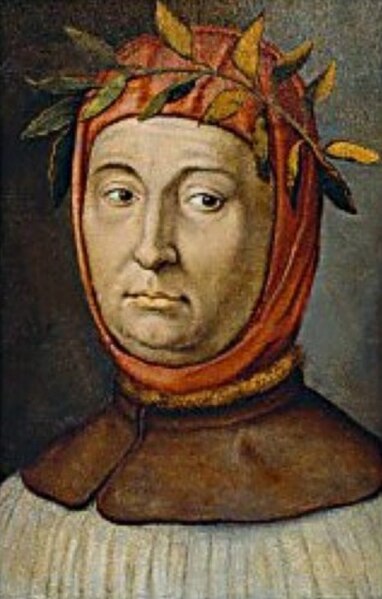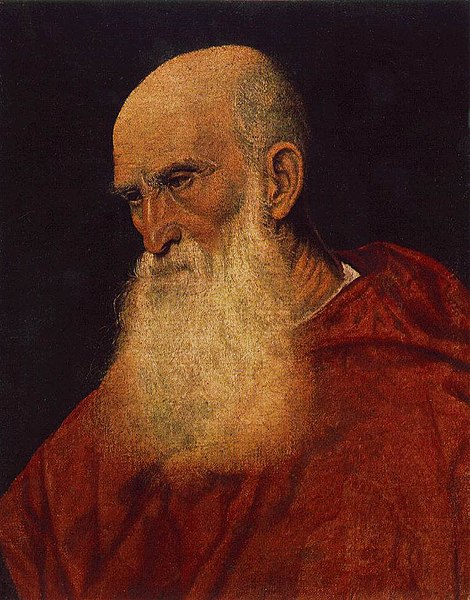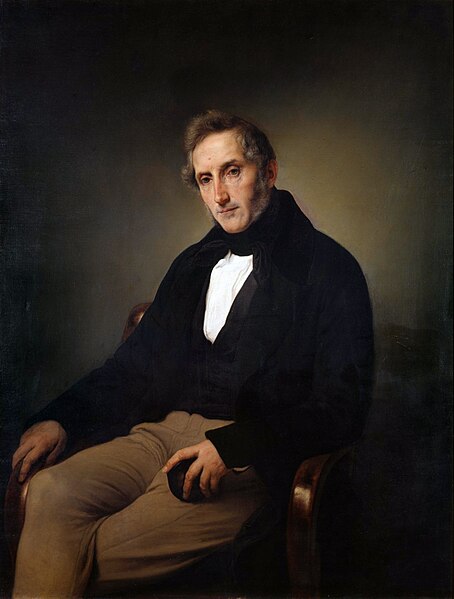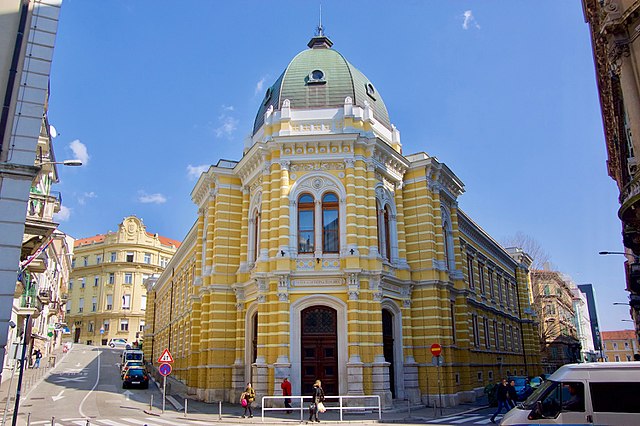San Marino, officially the Republic of San Marino and also known as the Most Serene Republic of San Marino, is a European microstate and enclave within Italy. Located on the northeastern side of the Apennine Mountains, it is the fifth-smallest country in the world, with a land area of just over 61 km2 and a population of 33,660 as of 2022.
Anita and Giuseppe Garibaldi in San Marino, 1849
The San Marino constitution, or more precisely statutes, of 1600
British troops at Monte Titano during the Battle of San Marino, September 1944
The fortress of Guaita on Monte Titano
Italian is a Romance language of the Indo-European language family that evolved from the Vulgar Latin of the Roman Empire. Italian is the least divergent Romance language from Latin, together with Sardinian. Spoken by about 85 million people including 67 million native speakers (2024), Italian is an official language in Italy, San Marino, and Switzerland, and is the primary language of Vatican City. It has official minority status in Croatia and in some areas of Slovenian Istria.
Dante Alighieri (top) and Petrarca (bottom) were influential in establishing their Tuscan dialect as the most prominent literary language in all of Italy in the Late Middle Ages.
Venetian Pietro Bembo was an influential figure in the development of the Italian language from the Tuscan dialect, as a literary medium, codifying the language for standard modern usage.
Alessandro Manzoni set the basis for the modern Italian language and helping create linguistic unity throughout Italy.
Italian Secondary School in Rijeka/Fiume, Croatia








